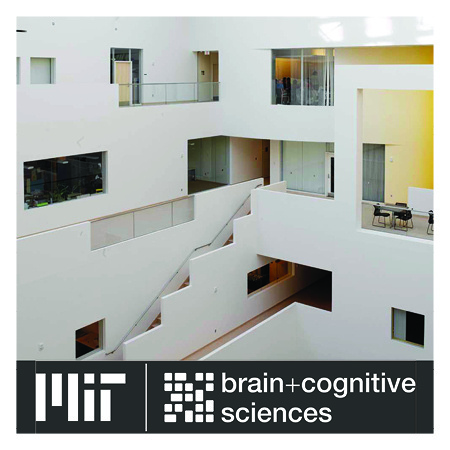
Joyce Wang Thesis Defense: Investigating the role of thalamic activity in visual cortical plasticity
Description
Date/Time: Monday, May 15th at 10AM
In Person Location: MIT, McGovern Seminar Room 46-3189
On Zoom: https://mit.zoom.us/my/joycew
Thesis Title: Investigating the role of thalamic activity in visual cortical plasticity
Abstract: Experience-dependent plasticity is an integral process by which the brain learns to respond to relevant stimuli in the world. The visual cortex is a well-studied locus of such learning, exemplified by the simple yet robust phenomenon of stimulus-selective response plasticity (SRP). In SRP, neurons in the cortex alter their activity profile to a visual stimulus as it becomes familiar with repeated exposure. It requires the mechanisms of long-term potentiation (LTP), the basis for solidifying memories in the brain, which makes SRP a compelling blueprint for the basic principles of how learning might work in general. Recently, deeper investigations into SRP have revealed that it requires circuit changes that extend beyond a simple model of LTP, including the requirement of inhibitory interneuron activity but not LTP onto the classic input to layer 4 of the visual cortex. Such differences may be clarified by analyzing the dorsal lateral geniculate nucleus (dLGN) of the thalamus, which is the primary source of visual information for the cortex. We tested the hypothesis that SRP expression is driven by the mode of activity of dLGN neurons, which are in turn driven by feedback from layer 6 of visual cortex. In this talk, I describe two complementary approaches for investigating the role of thalamic activity in visual cortical plasticity, two-photon calcium imaging and extracellular electrophysiology. I discuss how these findings update our potential models of SRP circuitry and describe the remaining questions to be answered by future research.

